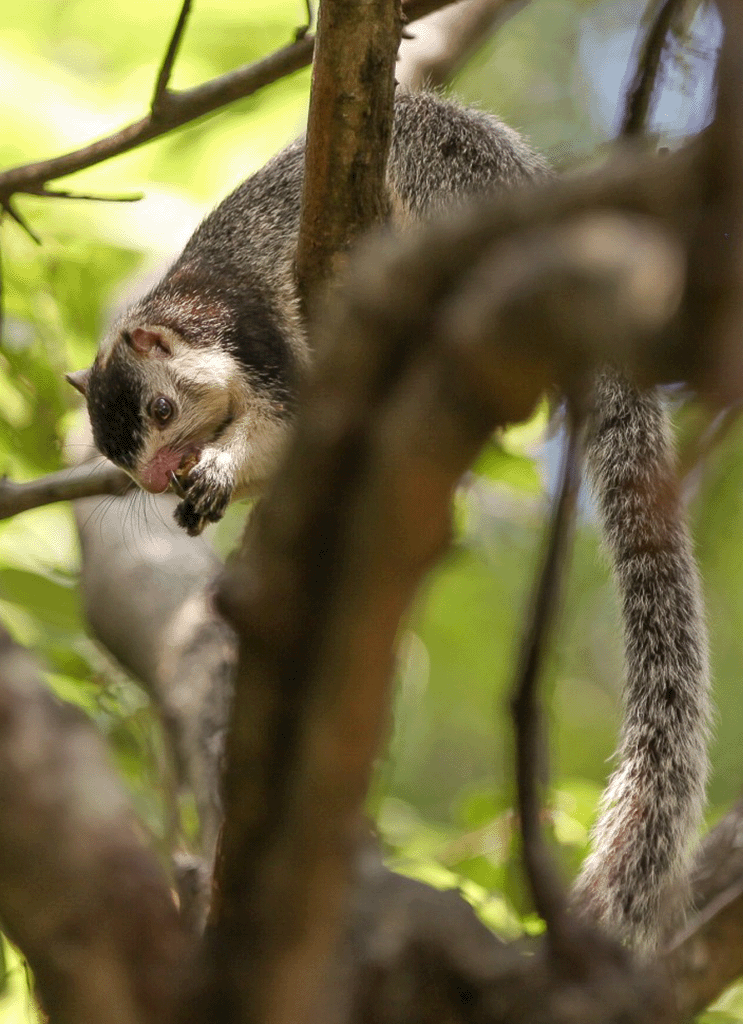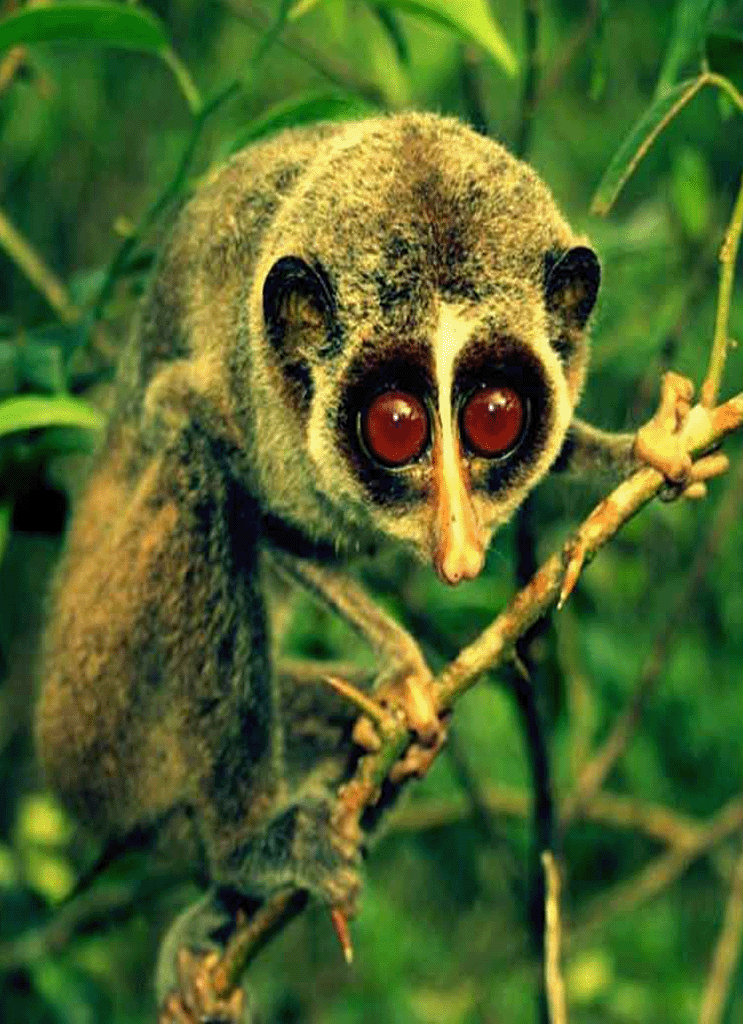Knuckles Mountain Wilderness
No landscape inspires humans quite like the mountains. Mountains just have that alluring quality and climbing to the top can teach you a lot about life and about yourself. Whilst you dream of the summit and focus on the success of getting to the top, you realize afterwards that the most profound part was the journey and the effort needed to get there. One such awe inspiring, formidable, and magnificent place that lies in Central Sri Lanka is the Knuckles Mountain Range. It is named after its uncanny resemblance to the human knuckle. The Sinhala name “Dumbara Kanduwetiya” which translates to “mist laden mountain range” is much better way of describing whole range without limiting it to the five peaks. The picturesque but extremely rugged mountain range with at least 35 mist laden peaks rising above 900 meters (2953 feet) with the highest being 1906 meters (6253feet), inspires locals and foreigners alike. The aggregation of so many spectacular peaks is a unique feature of the Range. Knuckles Conservation Forest was included in UNESCO natural world heritage list in 2010 as part of Central Highlands of Sri Lanka.
The Biome of the Knuckles
Although the range constitutes approximately 0.03% of the island's total area, it is home to a significantly higher proportion of the country's biodiversity. More than 34 percent of Sri Lanka's endemic trees, shrubs, and herbs are only found in these forests.
Knuckles harbors a very high and unique level of biodiversity. This includes:
- 1,033 species of plants, with 15% endemic
- 128 bird species with 13% endemic
- 31 Mammal species with 13%endemic
- 54 species of reptiles with 43% endemic
- 28 species of amphibians with 60% endemic
- 60 species of butterflies with 8% endemic
- 28 species of fish with 32% endemic
A total of 247 species of vertebrates, with over a quarter of them being endemic and threatened as per the IUCN Red List classification.
It contains charismatic species such as the Blotched Filamented Barb, a rare and beautiful fish, recently discovered Knuckles pygmy lizard, the rare Knuckles rock frog, the gracefully gliding black eagle, rarely seen leopards and elephants.
The Biome of the Knuckles
Although the range constitutes approximately 0.03% of the island's total area, it is home to a significantly higher proportion of the country's biodiversity. More than 34 percent of Sri Lanka's endemic trees, shrubs, and herbs are only found in these forests.
Knuckles harbors a very high and unique level of biodiversity. This includes:
- 1,033 species of plants, with 15% endemic
- 128 bird species with 13% endemic
- 31 Mammal species with 13%endemic
- 54 species of reptiles with 43% endemic
- 28 species of amphibians with 60% endemic
- 60 species of butterflies with 8% endemic
- 28 species of fish with 32% endemic
A total of 247 species of vertebrates, with over a quarter of them being endemic and threatened as per the IUCN Red List classification.
It contains charismatic species such as the Blotched Filamented Barb, a rare and beautiful fish, recently discovered Knuckles pygmy lizard, the rare Knuckles rock frog, the gracefully gliding black eagle, rarely seen leopards and elephants.
Knuckles: the crucial role of channeling water to Sri Lanka
Aside from holding a rich biodiversity, the Knuckles Forest delivers a number of important ecosystem services — it constitutes 30% of the watershed forest of the Mahaweli river catchment, the largest river in Sri Lanka and is a major source of water for agriculture and power generation. Several tributaries of the Mahaweli river originate from the Knuckles Forest, with the area serving as part of the upper and middle catchments of the river. The forest also plays a crucial role in regulating water quality and flow rate.
Knuckles : The Diverse Landscape
Knuckles is a climatic microcosm of the rest of Sri Lanka as the conditions of all climatic zones in the country are exhibited in one place. Higher elevations of the peak are often covered in a thick layer of mist. These different climates have given rise to varied layers of landscape. Evergreen forests, cloud forests, pygmy forests, riverine forests, beautiful grassland, meandering rivers, cascading waterfalls, crystal clear natural rock pools, abundance of elusive and endemic wildlife, remote quaint villages and terraced paddy fields, this panoramic range is constantly at the ready with new untapped destinations to make even the most intrepid traveler swoon in awe-struck delight.
Peaks over 1600m
Height 1906m/6253feet
Height 1864m/6115feet
Height 1647m/5404feet (Not to be confused with the same named peak in Horton Plains which is the 2 nd highest peak in Sri Lanka)
Height 1647m/5404feet
Height 1644m/5394feet
Also known as Thunthisgala is of height 1628m/5341feet
Height 1605m/5266feet
Knuckles : The Unpredictable Weather
Weather in the Knuckles Mountain Range is unpredictable and could transform within few minutes. The entire range can disappear right as you watch under thick mist in a matter of a minutes. Don’t be fooled by the bright sun. Rain could come down any minute. The average rainfall at Knuckles range lies between 180-300 inches while the temperature ranges between 5.5 degrees and 35 degrees Celsius. The Northwest monsoon brings heavy rain to the range from September to November. Knuckles experiences the strongest winds from June to September.
Cultural Heritage of the Indigenous Communities of the Knuckles
The very rich and diverse ecological values of the Knuckles Range stretches towards the native communities living in and around the conservation forest and creates a bio-cultural landscape. Indigenous communities in these areas have always closely interacted with and depended upon the Knuckles forests for their livelihood. The daily life of these communities is very simple, and their main income generation comes from farming. Paddy, Cardamom spice, and Chena cultivation are the staples. The forest plays a crucial role in sustaining these communities. It provides honey, wild meat, fruits, palm wine, kittul syrup, nuts, seeds, edible plants and roots, herbs, timber, fuelwood and most importantly medicinal plants. Most of these communities depend on traditional ayurvedic medical treatment for ailments, that is centered around using medicinal plants, roots, fruits, seeds and herbs. Preserving and conserving these forests are vital to the survival of these communities and their traditional way of life.

















